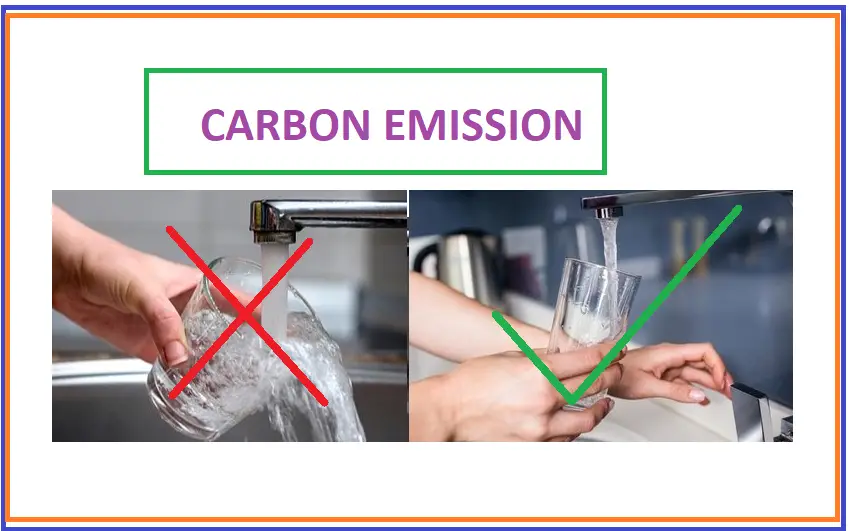Reducing carbon emissions textile industry typically means consuming less energy. There are many ways to reduce carbon emissions textile industry including:
- High Energy efficiency
- Confirm fuel switching,
- Both heat and power,
- Use of renewable energy,
- Recycling of materials.
Carbon emissions are usually measured in terms of an annual footprint that considers the impact of all the company’s key activities over a calendar year. The overall carbon emission cut-down is shown in the comparative study of two annual years with attachment.
The net result of a carbon emissions reduction strategy is to make your company more efficient. It means cutting down on waste, using materials wisely, and finding ways for energy consumption that don’t harm the environment but instead help it thrive!

How to reduce carbon emissions in the textile industry by taking the following improvement steps?
To reduce carbon emissions in the textile industry, we have to implement some steps given below:
- Installation of solar energy for power
- Replace energy-saving LED light
- Using inverter/frequency drive
- Replace the energy-saving fan with an old lover.
- Use air guns to reduce compressed air waste.
- Energy Saving by Economizer
- Use frequency-controlled electric motors /high-efficiency motors and replace old engines 100%.
- Steam valves insulation
- Installation of an Economizer with all the boilers to improve boiler efficiency
- Replacing clutch motors with servomotors in sewing machines 100%
- Minimizing heat loss by proper insulation of bane surface, pipe, valves, and connection of steam leakage.
- Periodic leak test of the pipeline, valves, the relationship of steam, and repair of leaks
- Reduce energy usage in our production area and optimize our heating and cooling systems.
- Recycling helps reduce carbon emissions by reducing energy consumption.
- Using recycled materials to make new products reduces the need for virgin materials.
- Use recycled polybags as carrying material.
- Use 2-4 % recycled raw materials in a self-production house.
Implementation of the newest technology for the lower impact of carbon emission especially for wet processing.
We have new technology, a lower liquor ratio (1:5- 1:6) dyeing machine ( MCS, SCLAVOS). As
result, it reduces the rate of carbon emission.
We have new technology continuous bleaching machine where less water and energy are
required. As a result, it reduces the rate of carbon emission.
We have a pre-heating device in the center which has to reduce the use of energy and increase
production. As result, it reduces the rate of carbon emission.
We have new technology garments dyeing tonello, a nebulization system where dyeing can be
done in a low liquor ratio ( 1:1). So it will reduce water and energy consumption. As result, it
reduces the rate of carbon emission.
We have a new technology water recycling system, in which we can use water for car wash and
sanitary purposes. It has a great impact to reduce carbon emissions.
We use recycled raw materials ex: polybags, buttons, sewing thread, recycled polyester yarn, and recycle
cotton yarn in the production stage. It has a great impact to reduce carbon emissions.
We have developed a garments ozone wash technique that has no need for water like
a conventional fading system. As result, it reduces the use of water and energy.
Latest News about Carbon Emissions Textile Industry 2022
The textile industry has always been a source of major concern for the environment, and it’s something that people have tried to tackle with varying degrees of success. This year there have been two incredibly innovative developments in this field: one from MIT engineering students who created an entirely new type of polymer called “Solve-D” which could be used to extract water from textiles through evaporation so they can be reused again. Another group from Amsterdam invented a process called Kalt composting where they were able to turn old clothing into soil in just days!
Conclusion:
The industrial sector is a major contributor to greenhouse gas emissions, and to reduce carbon emission levels and the textile industry is not far from them. To that reduces carbon emissions textile industry is so important in the 2023 challenge.
There are several ways that industries can be more energy efficient. Efficiency measures such as reducing the amount of heat lost from power plants or capturing waste heat for reuse have been shown to bring down CO2 emissions substantially while also cutting costs. Hope this article helps your business to reduce its carbon footprint.
Research links:
You may read some other articles
- Single Jersey Fabric Yarn Count And Gsm Chart
- Effective Chemical Management Procedures Useful For Textile Industry (Updated 2023)
- Types of Textile Testing List For Quality Control In The Textile Industry Are Explained In This Guide
- Antiviral Fabric Treatment In Textile Processing | Effective For Covid-19 (Coronavirus)
[…] Carbon Emissions Textile Industry | How to Reduce Or Implement in 2022 […]
[…] Carbon Emissions Textile Industry | How to Reduce Or Implement in 2022 […]
[…] Carbon Emissions Textile Industry | How to Reduce Or Implement in 2022 […]